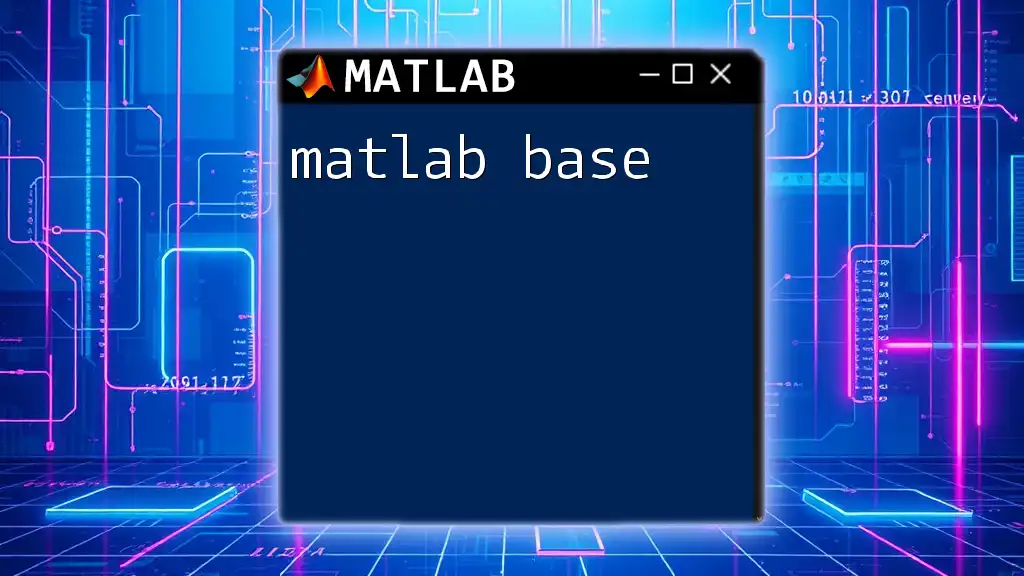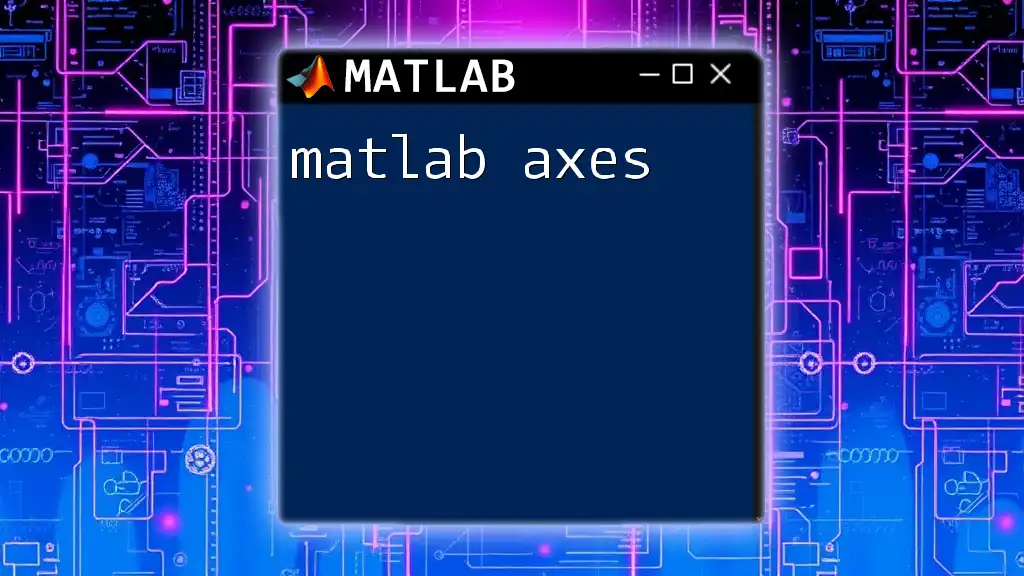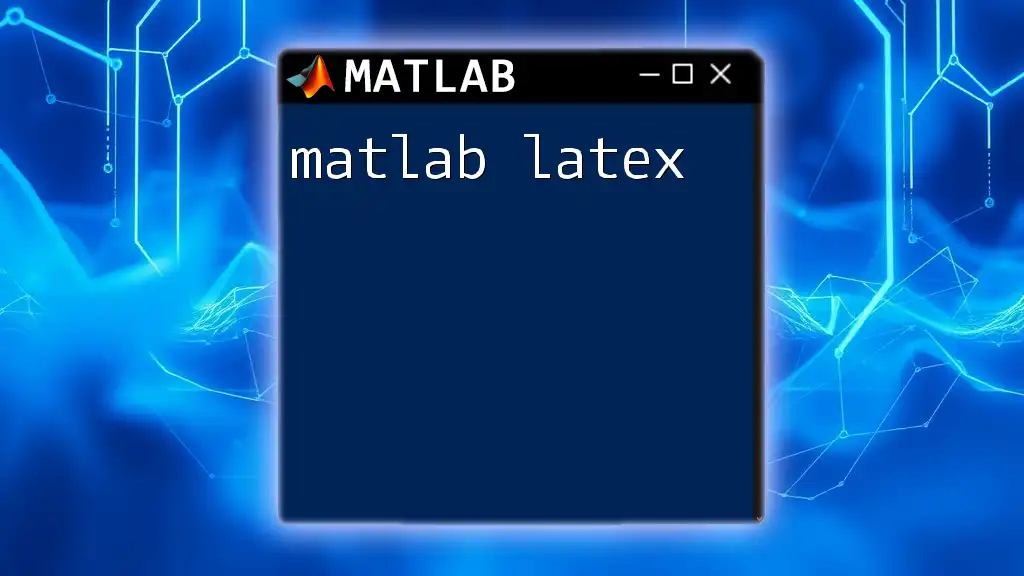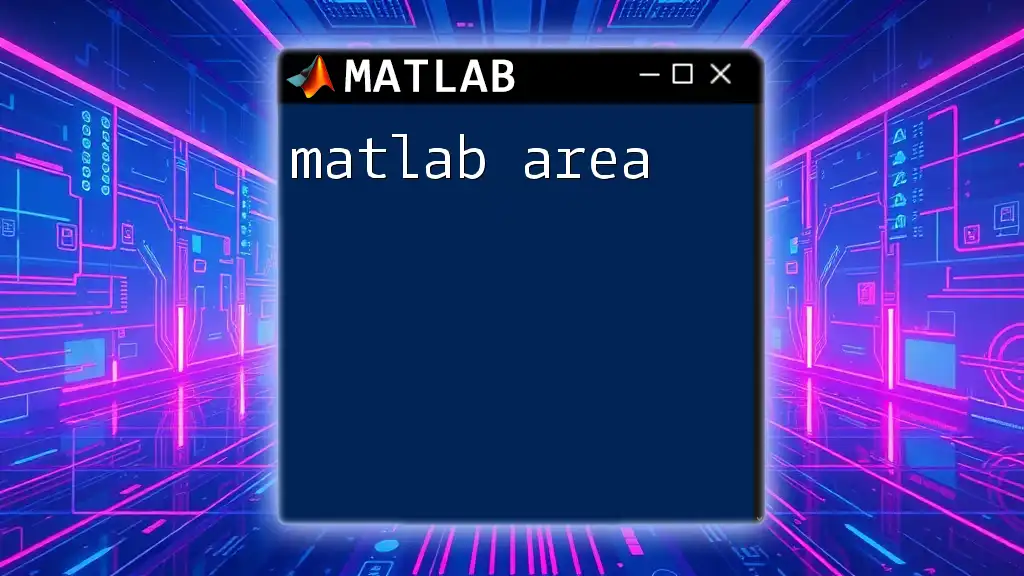MATLAB Base is the fundamental environment in MATLAB that includes built-in functions, tools, and commands that allow users to perform computations and data analysis efficiently.
Here’s an example of a simple MATLAB command to create a vector and calculate its mean:
% Create a vector and calculate its mean
data = [1, 2, 3, 4, 5];
meanValue = mean(data);
What is MATLAB Base?
MATLAB Base refers to the fundamental workspace where users can define and manipulate variables. It serves as the primary environment in which all computations take place. Understanding MATLAB Base is essential for effective programming, as it encompasses the core functionalities, commands, and structures that allow researchers, engineers, and students to analyze data and solve complex mathematical problems.
Understanding the MATLAB Environment
Exploring the Command Window
The Command Window is where you can input commands directly and observe the outputs in real-time. It acts as the main interface for interacting with MATLAB. For example, you can easily perform simple calculations:
>> a = 5;
>> b = a^2;
In this case, `b` will store the value of `a` squared, showing how quickly and efficiently you can get immediate feedback on your operations.
The Workspace and Variables
The workspace in MATLAB Base is where all user-defined variables are stored. You can view and manage these variables through simple commands. To list the current variables in your workspace, use:
>> whos
This command displays the names, sizes, and types of all variables. Understanding how to manipulate and manage these variables is critical for any MATLAB programmer.
The Command History
The Command History tool allows you to keep track of commands you’ve previously executed. This feature not only improves productivity but also helps with debugging and refining your code without needing to retype previous commands.
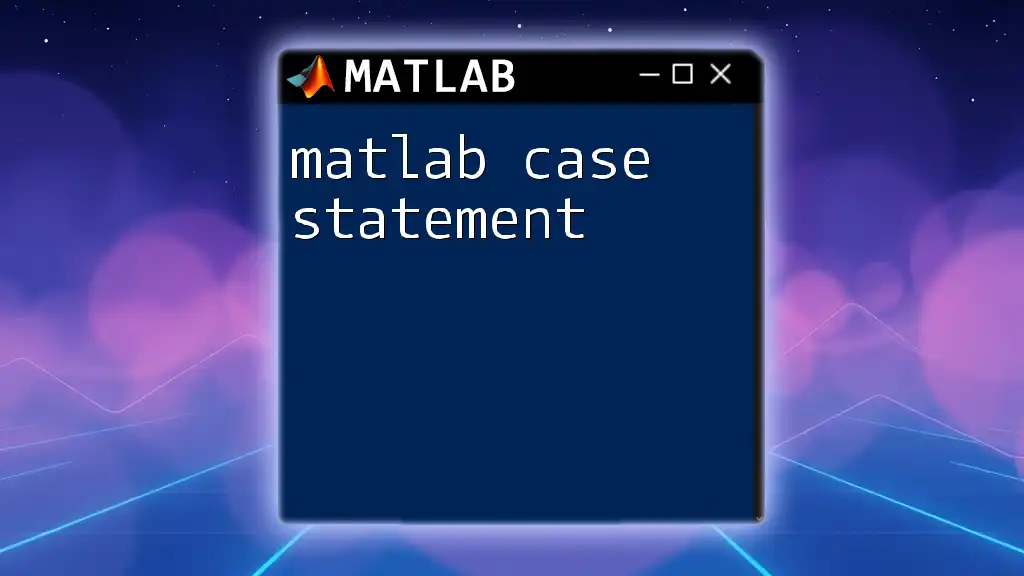
Basic MATLAB Commands
Numeric Operations
MATLAB is renowned for its powerful numeric processing capabilities. Basic arithmetic can be performed effortlessly, such as addition, subtraction, multiplication, and division. Here’s how you can perform some operations:
>> c = a + b; % Adds a and b
>> d = a * c; % Multiplies a by c
These commands illustrate the ease of numerical manipulation in MATLAB, making it an ideal choice for engineers and scientists alike.
Creating and Modifying Variables
In MATLAB Base, defining and modifying variables is straightforward. Variables can be numeric, character arrays, cells, or structures. You can create arrays and matrices easily, which is essential for more complex computations:
>> myArray = [1, 2, 3, 4, 5]; % Creates a row vector
>> myMatrix = [1, 2; 3, 4]; % Creates a 2x2 matrix
Understanding how to manipulate these data structures will greatly enhance your coding efficiency.
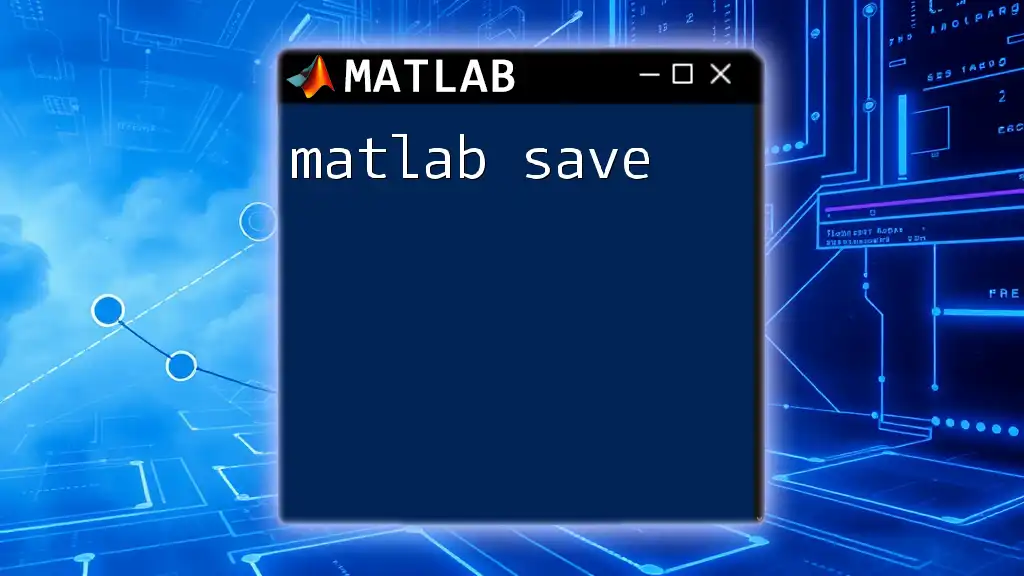
Working with Functions in MATLAB Base
Defining Custom Functions
Creating custom functions is a powerful feature of MATLAB Base. This capability allows you to encapsulate reusable code that can simplify complex tasks. Here’s an example of a simple function to calculate the square of a number:
function out = squareNumber(x)
out = x^2; % Returns the square of x
end
To call this function, simply pass a number as an argument:
>> result = squareNumber(4); % result will be 16
Built-in Functions
MATLAB comes with a plethora of built-in functions designed to streamline various tasks. Here's how to use some of these functions effectively:
>> maxValue = max(myArray); % Finds the maximum value in myArray
>> meanValue = mean(myArray); % Computes the mean of myArray
These built-in functions save you from writing complex code and help you perform calculations rapidly.
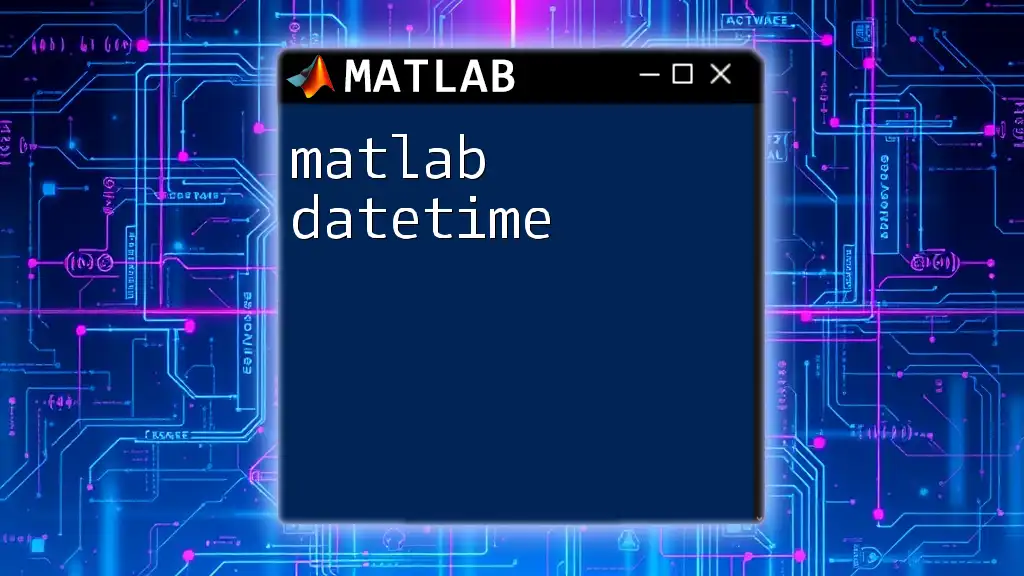
Control Flow Statements
Conditional Statements
Control flow statements like if, elseif, and else are crucial for decision-making in your scripts. Here’s a simple example demonstrating how to use these constructs:
if a > b
disp('a is greater than b');
else
disp('b is greater than or equal to a');
end
This code checks the relationship between `a` and `b` and displays the appropriate message. Understanding how to implement these statements increases your programming flexibility.
Loops: `for` and `while`
Loops are essential for executing repetitive tasks in MATLAB Base. The `for` and `while` loops allow you to iterate through a sequence of commands easily. Here's an example of a `for` loop:
for idx = 1:5
disp(myArray(idx)); % Displays each element of the array
end
The `while` loop, on the other hand, continues executing until a specific condition is met:
i = 1;
while i <= 5
disp(myArray(i)); % Displays each element of the array
i = i + 1; % Increment i
end
Being proficient in control flow allows you to write more intelligent and functional code.
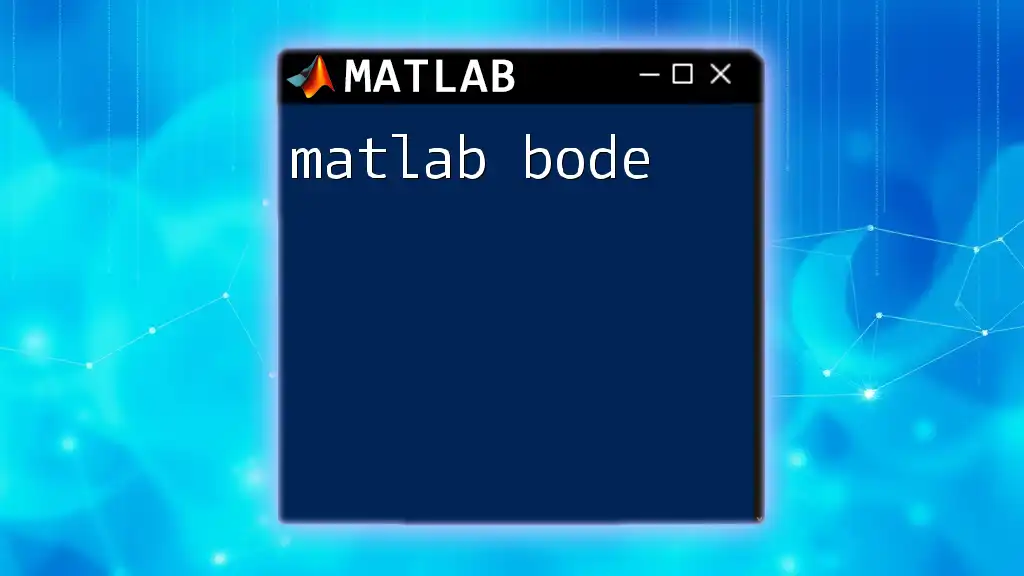
Data Visualization in MATLAB Base
Plotting Basics
One of MATLAB’s primary strengths is its ability to visualize data effortlessly. The basic plotting functions can create various types of plots. For instance, creating a simple sine wave plot can be accomplished as follows:
x = 0:0.1:10;
y = sin(x);
plot(x, y);
title('Sine Wave');
xlabel('x');
ylabel('sin(x)');
This code snippet effectively visualizes the sine function, providing insight into its behavior.
Customizing Plots
Customizing your plots enhances their clarity and impact. You can modify titles, labels, and legends to make your plots informative. An example of a customized plot is given below:
plot(x, y, 'r--', 'LineWidth', 2); % Red dashed line with a specified width
legend('sin(x)'); % Adds a legend to identify the plot
Investing time in learning plot customization can significantly improve your data presentation.
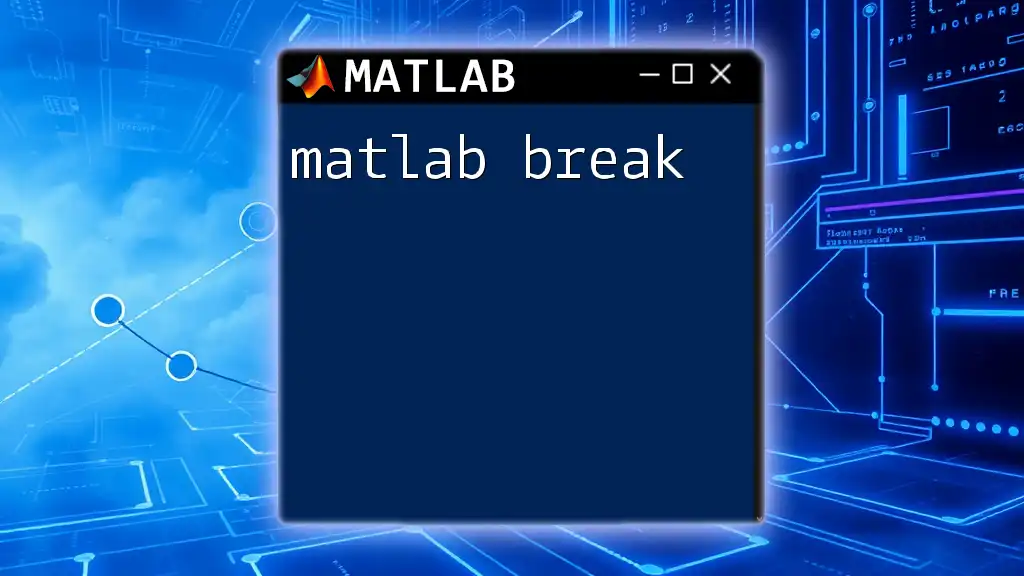
Best Practices for Coding in MATLAB
Commenting Your Code
Good coding practices, including effective commenting, can undeniably improve the readability of your scripts. Such practices not only aid others in understanding your code but also help you remember your thought processes when revisiting the code later:
% This function calculates the square of a number
Well-placed comments provide context and clarifications that enhance overall understanding.
Structuring Your Scripts
Organizing your code logically will help not only in readability but also in debugging and maintaining your scripts over time. Keep related functions together, separate major sections with comments, and use clear variable names.

Conclusion
In mastering MATLAB Base, you acquire the foundational tools necessary for effective programming. By leveraging the capabilities of the base environment, you can simplify complex tasks and solve intricate problems with ease. Embrace continued learning to explore advanced MATLAB features and enhance your skills further.
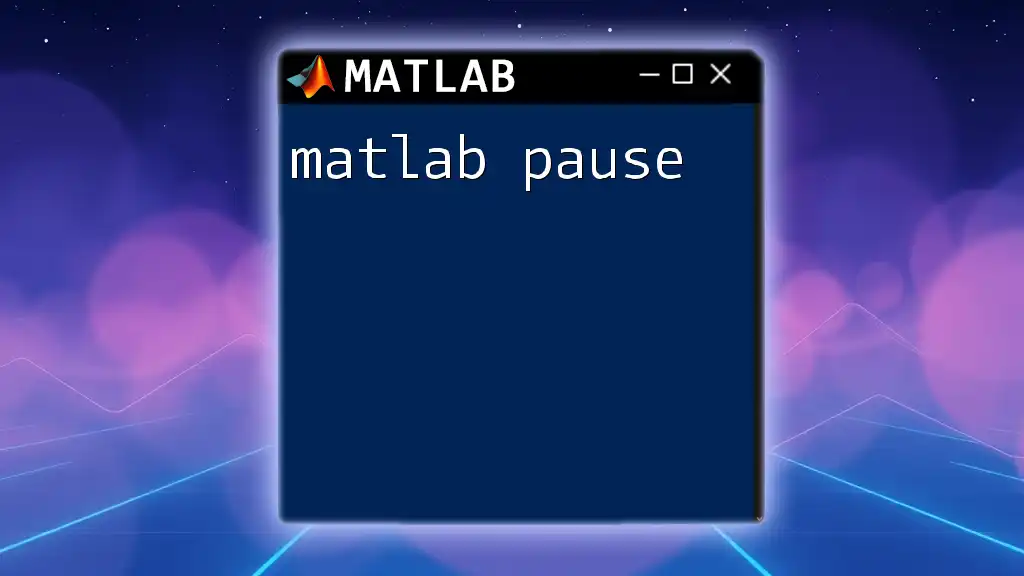
Additional Resources
For those eager to deepen their understanding of MATLAB, consider exploring recommended books, online tutorials, and the official MATLAB documentation to stay ahead in your learning journey.
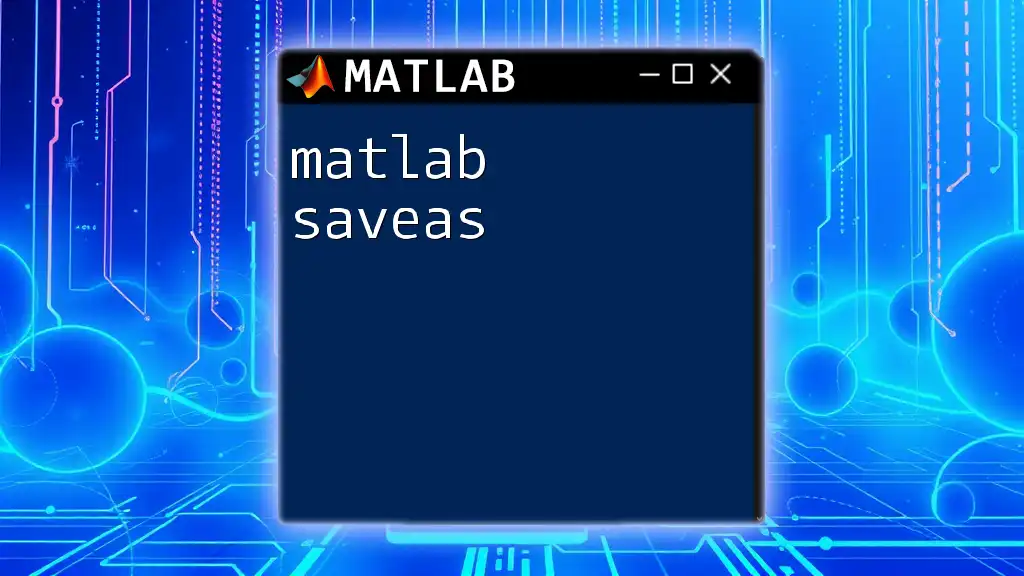
Call to Action
Join our MATLAB courses to unlock the full potential of MATLAB Base. Enhance your programming skills and begin your journey toward becoming a proficient MATLAB user today!

